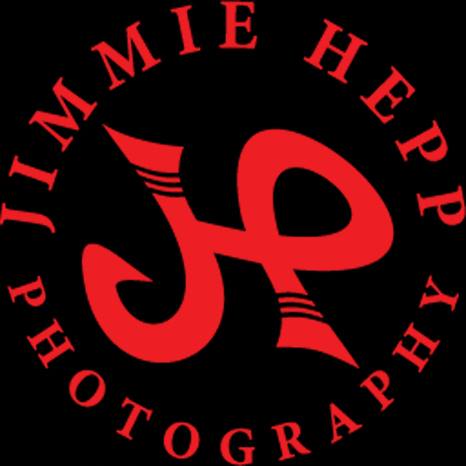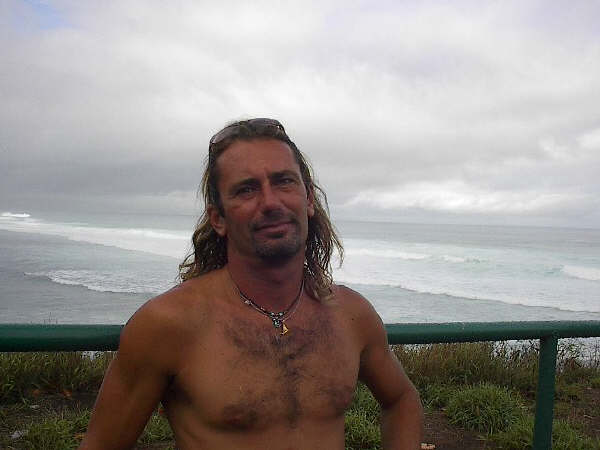Maui north shore (indicative of what's in the water on Maui's north shore)
9.4ft @ 9s from 3° (N)
7.7ft @ 13s from 322° (NW)
West lanai Maui north shore (indicative of what's in the water on Maui's south shore)
3.4ft @ 13s from 279° (W)
2ft @ 9s from 283° (WNW)
Sorry, bit late this morning...
Two big swells at the Maui buoy. But let's talk about the wind (or lack of thereof) first.
Below is today's weather map. The tail of yesterday's front is still sitting on the islands. Look at how the isobars are interrupted by it. Without it, the southern edge of that massive high pressure would have perfectly straight isobars and the wind in Maui would be in the 30+ category.

Instead, look at how we are right now in the middle of a small area of very light to no winds.
I clicked on a point on Maui's north shore and the map below indicate and estimate of 5km/h wind. That's pretty much nothing and that's pretty much what we have right now at 8am: no wind.
That you dear frontal system for that.

Careful though that the rain might not be over yet. This 7am satellite image still shows some clouds and in the area I circled it's still pouring (Molokai getting a bit pounded).

Well, now that we got the wind part down, let's go back to our two swells:
9.4ft @ 9s from 3° (N) and 7.7ft @ 13s from 322° (NW).
Obviously, if you choose to surf a spot that is open to both directions (like Hookipa), you're gonna have both swells interacting with each other. That is not necessarily a bad thing. It might add more peaks, and might keep the crowd down because it won't look picture perfect.
If you choose instead a spot that is only open to one of the two directions (or open to one more than the other), you're gonna have a bit more clean and easy to read conditions.
Notice also that the N swell is bigger in size, but shorter in period. So which one is going to be bigger when it breaks?
That depends greatly by the spot and by how open it is to those directions.
That's why I can't give you a general rule. It really depends on each spot and swell. Beware of formulas you can find on the internet... I consider them useless.
In this particular case, JUST FOR HOOKIPA, I can predict that the NW swell will generate waves that are up to doh (double over head), but not particularly steep, powerful and throwy.
The N swell instead, will be probably up to a head and a half (sorry, you will NEVER hear me calling the heights of a breaking wave with the non sense hawaiian scale... I use body parts instead) and well mushier than the NW one.
The interaction of the two can generate all kind of different sizes, depending on the arrival of each single individual wave. Imagine two sets of those two swells arriving at a time that will make the peaks of two waves overlap. The height of the resulting wave will clearly be bigger than the single waves. A little later in the sets (provided they have enough waves in them), because of the difference in period, it might well happen that the peak of one wave will happen simultaneously to the trough of the other one and the height of the resulting wave will clearly be smaller.
That's how Hookipa will be (geez, all this forecasting about Hookipa without even having seen it yet... and it's at a 2 minutes drive from home! I better go double check as soon as I'm done with this!!!). Very variable sizes (and breaking patterns) because of the interaction of two swells.
If you don't like the idea of getting caught inside by a double up wave and having to paddle your ass off to make it out again (I'm predicting lots of that), grab a map of Maui, try to pick a spot that might favor one direction more than the other. Go see how it looks over there and build your knowledge of each single spot. You do have to remember the swell size and direction though.
Have fun in the sun everyone!







No comments:
Post a Comment